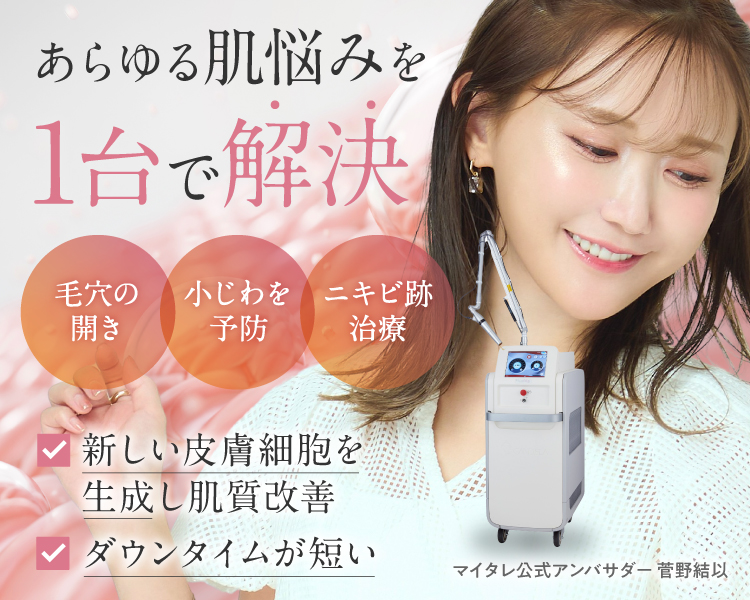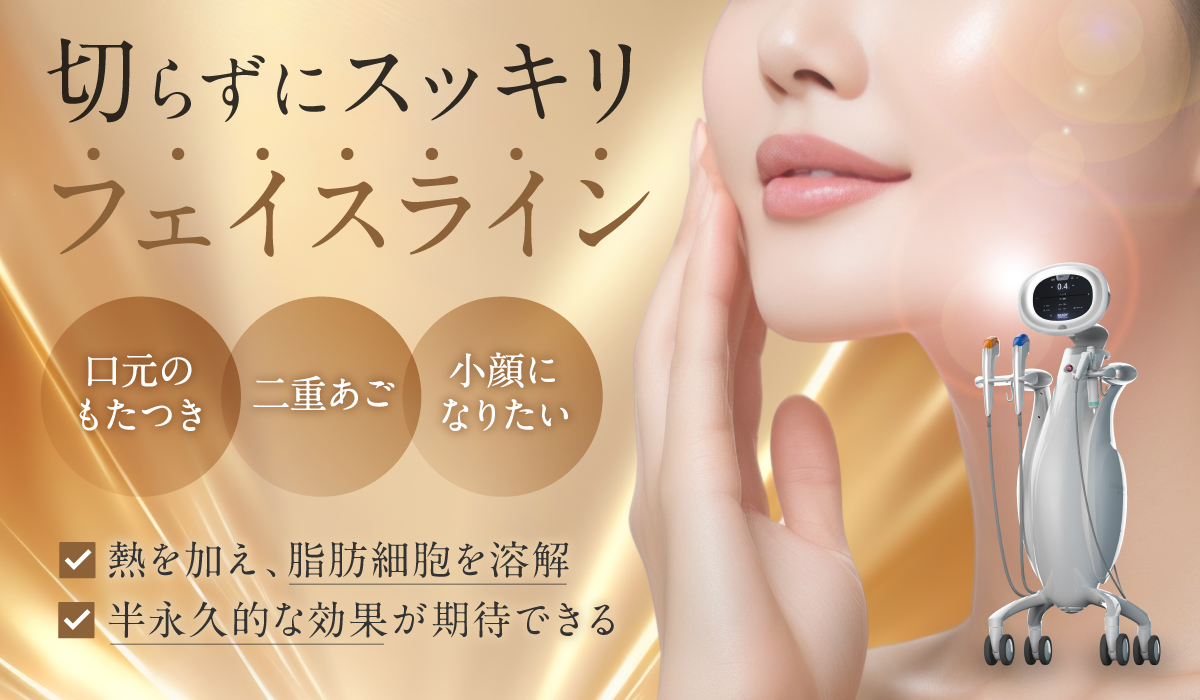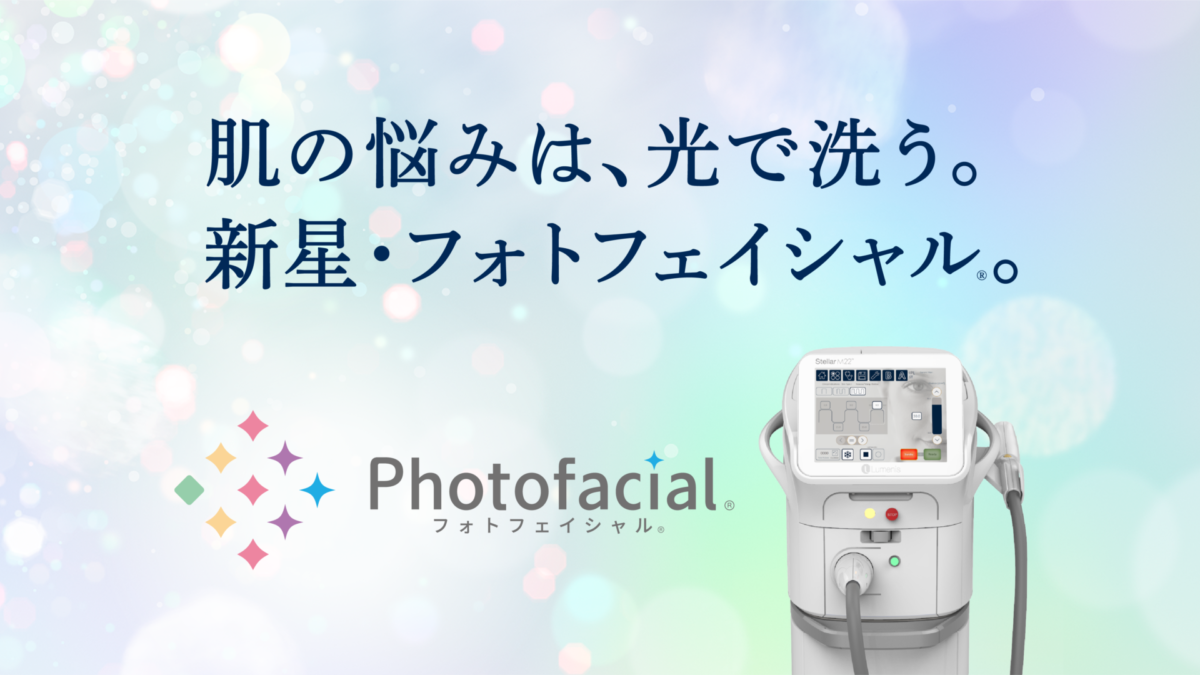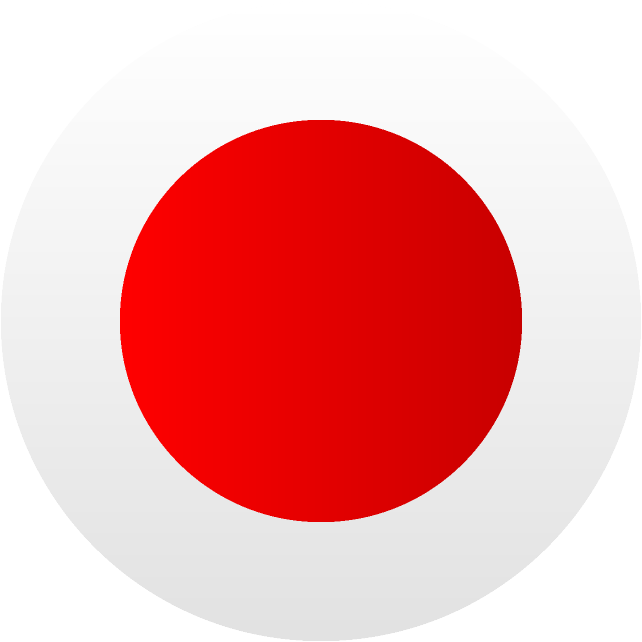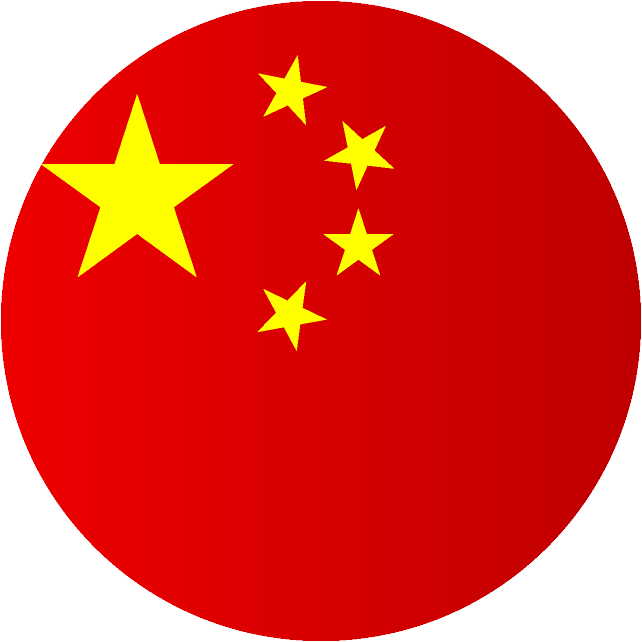Picofractional treatment utilizes picosecond lasers to generate collagen and elastin through shockwaves, aiming to improve skin texture. This therapy has gained attention for reducing pain and downtime compared to traditional methods, while offering potential benefits in treating concerns such as acne scars and enlarged pores.
The article details the features of Picofractional treatment, expected outcomes, as well as its advantages and disadvantages. It also covers downtime associated with Picofractional, differences from other treatments, specific treatment procedures, recommended session intervals, costs, and important considerations.
It’s a must-read for those seeking to improve skin texture through Picofractional laser treatment and seeking relief from issues like acne scars and enlarged pores.
Here is the medical page: “Pico Fractional”
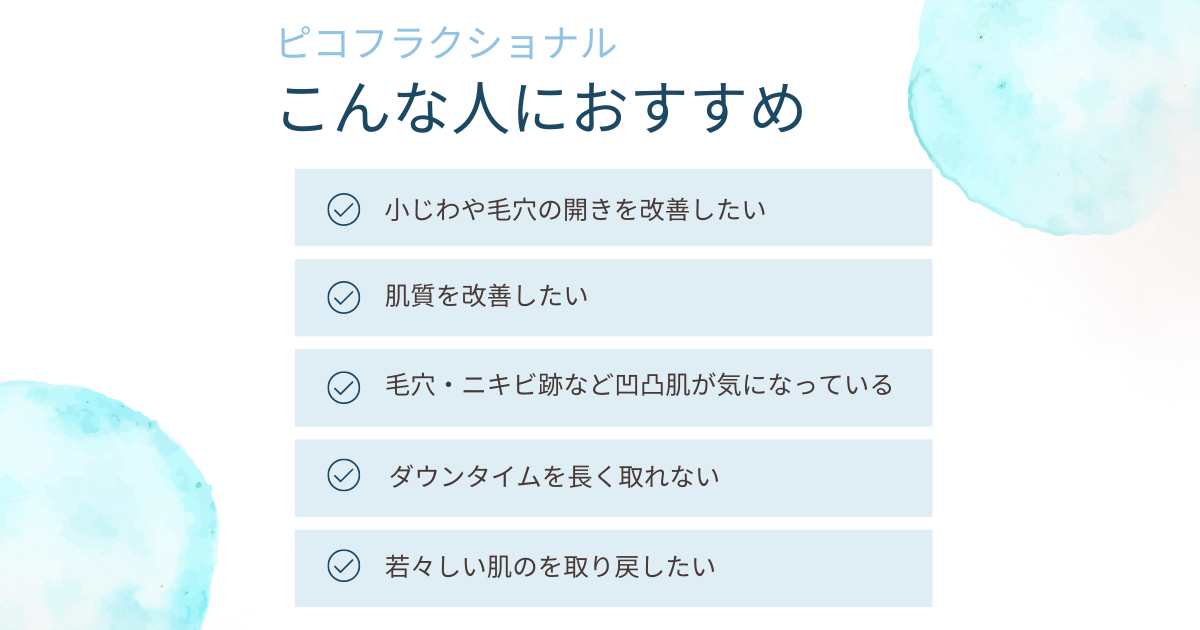
Recommended Candidates for Pico Fractional Laser
Recommended for those with the following concerns:
☑ Want to improve fine lines and enlarged pores
☑ Desire to enhance skin texture
☑ Concerned about uneven skin texture such as pores and acne scars
☑ Previously found traditional fractional treatments too harsh and had to give up
☑ Want to prevent fine lines and wrinkles
☑ Unable to take long downtime
☑ Want to regain youthful skin
What is Pico Fractional?
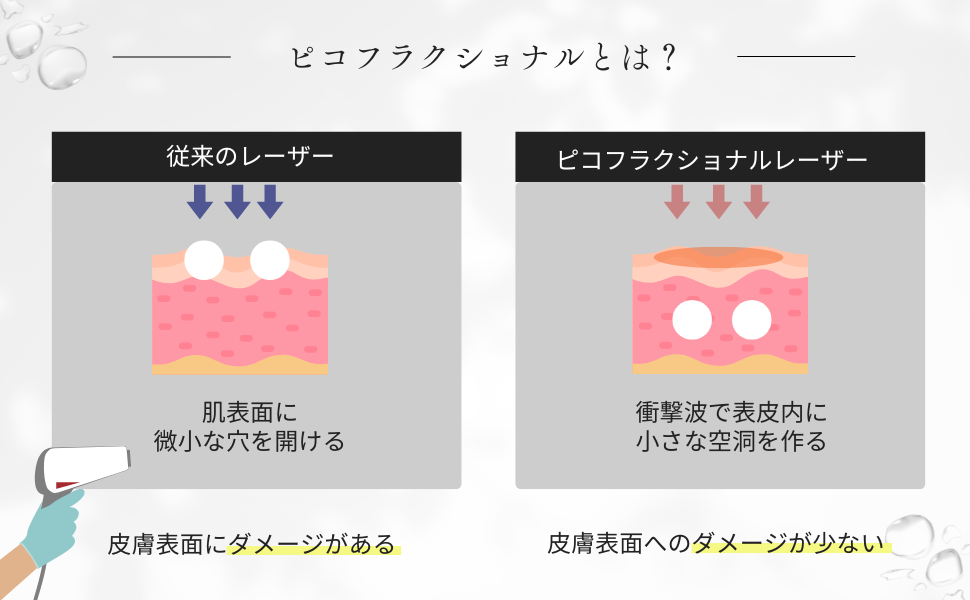
Pico Fractional is a treatment method that uses high-power lasers at frequencies of one trillionth of a second to increase the density of laser light, allowing light to penetrate deep into the skin. By stimulating cells in the dermis, it promotes the production of collagen and elastin, which can improve various skin issues such as fine lines, acne scars, and crater-like depressions.
Pico Fractional treatment creates microcavities in the dermis without damaging the skin surface, using high-density picosecond laser pulses. Stimulating these cavities activates collagen and elastin production, enhancing the skin’s regenerative capabilities and improving skin texture.
Fractional treatment involves converging the picosecond laser into a honeycomb pattern to create 20 times higher energy zones for irradiation. This technique targets specific areas with high energy, promoting effective treatment outcomes.
Continued treatment sessions can also effectively improve fine lines and skin sagging. Pico Fractional therapy minimizes pain and downtime compared to conventional methods, making it a promising option for enhancing skin quality and attracting attention in the field of dermatology.
Our Pico Laser System
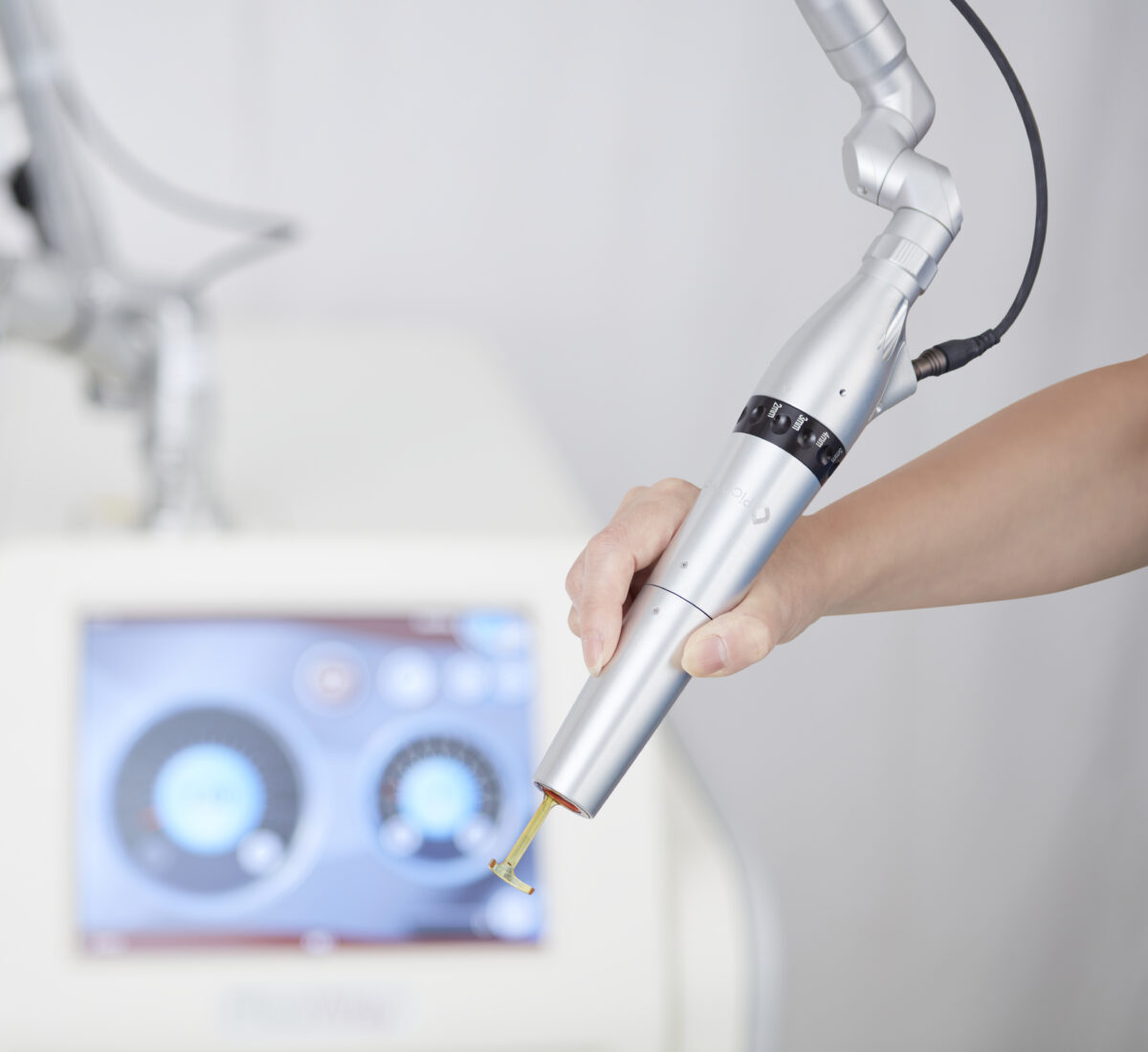
We use the PicoWay laser system manufactured by Syneron-Candela, USA, at our clinic. Unlike traditional Q-switched lasers that operate in nanoseconds (billionths of a second), PicoWay operates in picoseconds (trillionths of a second). The shorter pulse duration reduces heat generation, minimizing damage to the skin.
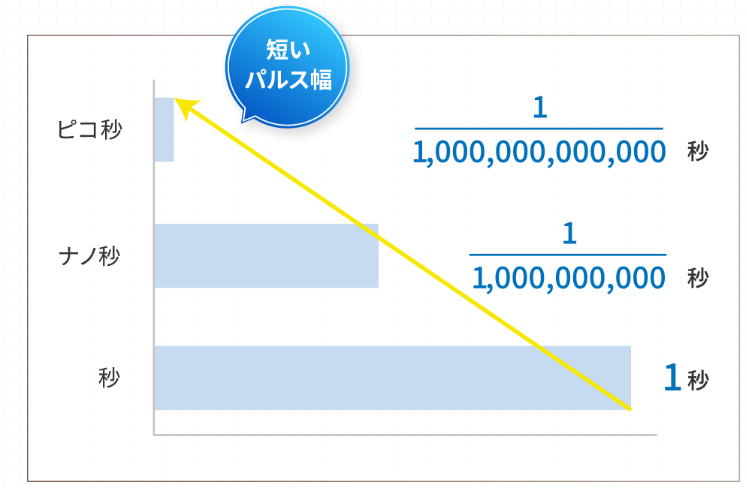
This laser device is approved by the Ministry of Health, Labour and Welfare in Japan and the U.S. Food and Drug Administration (FDA). It offers two wavelengths, 1,064nm and 532nm, allowing treatment customization for various skin types. Our doctors select the appropriate wavelength based on the condition of pigmentation to perform effective treatments.
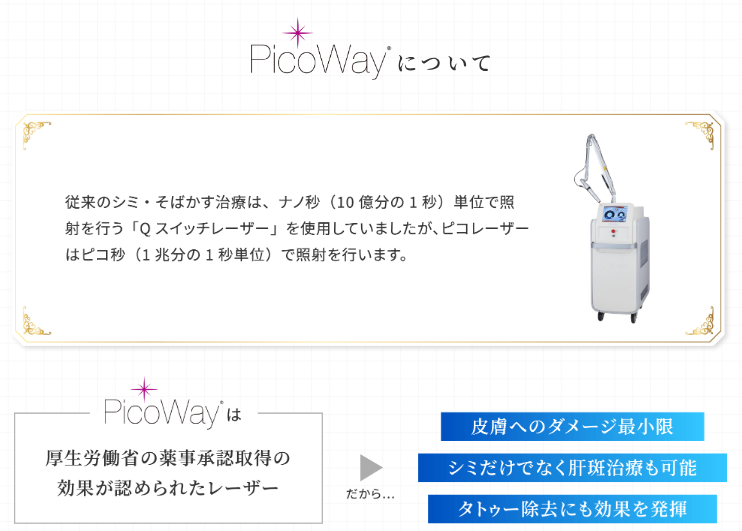
Differences Between Pico Fractional, Pico Toning, and Pico Spot
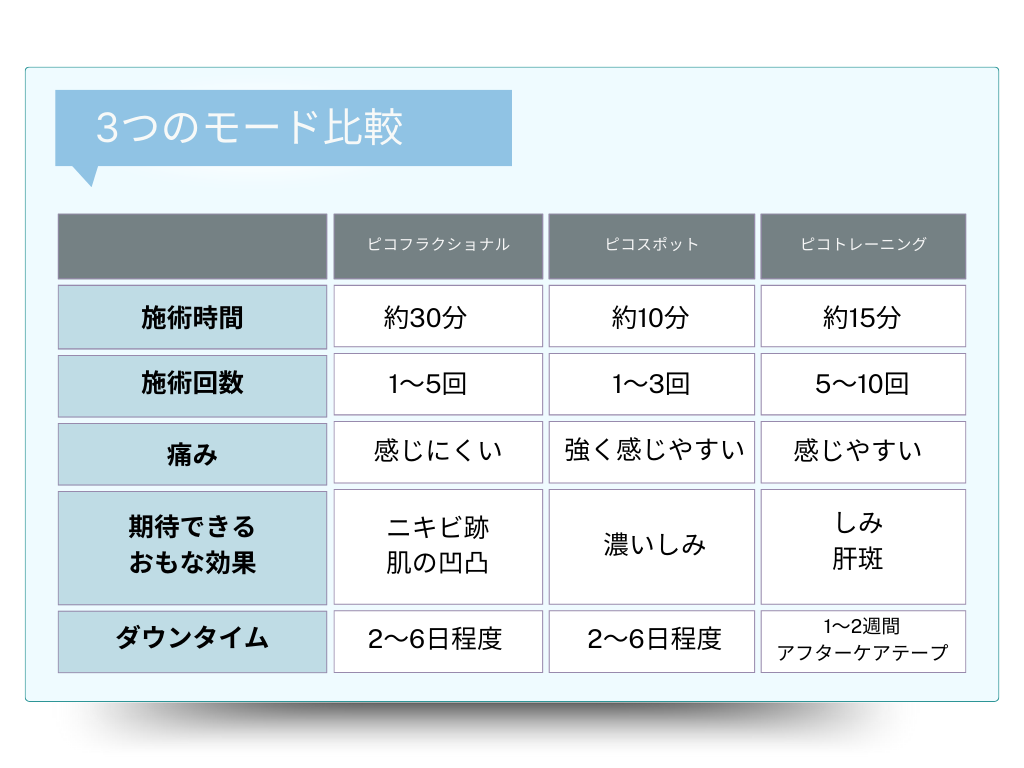
Pico Fractional, Pico Toning, and Pico Spot are all treatments using Pico lasers, each with different expected effects, treatment frequencies until results are noticeable, downtime, and associated pain levels.
If you are concerned about acne scars or enlarged pores, Pico Fractional may be suitable. For those aiming to enhance overall skin tone, Pico Toning might be the choice. If you have specific dark spots you want to target, Pico Spot could be beneficial.
However, depending on the type of pigmentation, some treatments may not be suitable. Therefore, it’s recommended to undergo counseling and examination to assess your skin concerns and condition before selecting a treatment method.
| Pico Fractional | Derm pen | |
|---|---|---|
| Downtime | Approximately 2 to 6 days *Typically settles within a few hours post-treatment |
About 1 day to 1 week |
| Effects | Improves pores, scars, crater-like depressions, skin texture, acne scars, and fine lines | Improves pores, fine lines, acne scars, pigmentation, and sagging |
| Pain | Almost painless | Some discomfort due to needle insertion |
| Cost (full amount) | ¥30,800 to ¥242,000 (including tax) | ¥17,600 to ¥199,800 (including tax) |
Differences Compared to Derma Pen
Pico Fractional Laser and Derma Pen are both popular treatments for addressing acne scars and enlarged pores, but they differ significantly in the amount of damage they cause to the skin surface.
Derma Pen creates micro-openings in the skin using fine needles, while Pico Fractional Laser emits laser energy in a fine pointillistic pattern, causing minimal damage within the epidermis.
Additionally, there is a difference in downtime. Derma Pen treatments may lead to bruising and typically require about a week before any significant social engagements. On the other hand, Pico Fractional treatments have relatively short downtime; any swelling or redness usually subsides within a few hours post-treatment.
Two Key Features of Pico Fractional Laser
① Minimal Damage to the Skin Surface
Pico Fractional Laser is a laser treatment that minimally impacts the skin. This characteristic results in minimal damage to the skin surface, leading to shorter downtime with less redness and similar effects.
② Short Downtime
Since there is minimal downtime, you can apply makeup and return home on the same day as the treatment. The laser used in Pico Fractional therapy minimizes heat diffusion in the treated area through ultra-short picosecond pulses, reducing pain and downtime.
Treatment Method and Downtime
High-density Pico lasers create micro-cavities in the epidermis using shockwaves. Stimulating these cavities promotes collagen and elastin production, leading to improvements in skin texture.
Pico Fractional Laser treatment does not create scabs on the skin surface, allowing for treatment without downtime. As a result, downtime is typically very short, ranging from 2 to 6 days, and makeup can be applied the following day.
Recommended Treatment Sessions, Intervals, and Frequency
For individuals sensitive to changes in skin condition, even one treatment session of Pico Fractional Laser can yield satisfactory results. However, for those with noticeable acne scars or enlarged pores aiming for smoother skin, we recommend undergoing 5 treatments at intervals of 1 to 2 months.
The required number of sessions varies based on current skin condition and desired skin quality. Please consult with us during counseling or examination to determine the optimal treatment plan for you.
Five Expected Effects of Pico Fractional Laser
Pico Fractional Laser treatment offers primarily five beneficial effects:
Improvement of acne scars
Reduction in enlarged pores
Enhancement of skin firmness
Improvement in skin texture
Reduction in fine lines
① Improvement of Acne Scars
Pico Fractional Laser creates tiny holes in the skin with ultra-short pulse widths, stimulating the regeneration of damaged skin. This process helps improve acne scars. Even for skin with moderately deep acne scars, consistent attendance for Pico Fractional Laser treatments can promote regeneration of new skin and achieve enhanced skin texture.
② Improvement of Enlarged Pores
Pico Fractional Laser treatment activates the skin’s regeneration capability through the wound healing process, promoting increased production of collagen and elastin. This contributes to the improvement of enlarged pores. At our clinic, we offer plans tailored for individuals concerned about pores on the nose or acne scars, providing direct targeted treatment options at more affordable prices compared to full-face treatments.
| First Trial | ¥22,000 (tax included) |
| Second and Subsequent Sessions | ¥27,500 (tax included) |
| Set of 3 Sessions | ¥74,250 (tax included) |
| Set of 5 Sessions | ¥110,000 (tax included) |
③ Improvement of Sagging Skin
Fractional laser treatment enhances skin elasticity and improves sagging by stimulating skin regeneration and increasing collagen production. The energy from Pico Fractional Laser reaches deep into the skin, providing an immediate tightening effect. This makes it suitable for individuals looking to address under-eye sagging and nasolabial folds.
④ Improvement of Skin Texture
Pico Fractional Laser treatment promotes the regeneration of skin cells, leading to overall improvement in skin texture. By stimulating skin regeneration, Pico Fractional Laser treatment can effectively address various skin concerns. However, the effectiveness may vary depending on individual skin condition and the number of treatments, so it’s crucial to consult with the clinic to discuss a treatment plan that suits you best.
⑤ Reduction of Fine Lines
Pico Fractional Laser treatment is expected to be effective against the following types of fine lines:
| fine lines・ sagging |
dry wrinkles、nasolabial folds、 fine lines under the eyes、crow’s feet |
| forehead wrinkles・ sagging |
horizontal forehead lines、under-eye wrinkles marionette lines and other wrinkles/sagging around the mouth |
High-density picosecond laser shockwaves create cavities within the epidermis, stimulating collagen production in the dermis, and are expected to improve fine lines.
Disadvantages of Picofractional Laser (③)
Picofractional laser, compared to conventional fractional lasers, is characterized by lower skin burden and downtime. However, immediately after treatment, patients may experience sensations similar to sunburn, redness, and swelling. Individual experiences vary, but some may feel stinging pain on the day of treatment, which can be considered a disadvantage of picofractional laser. Additionally, at high output levels, pinpoint bleeding may occur. Due to differences in output settings and individual skin renewal abilities, post-treatment symptoms can vary among individuals. However, symptoms generally subside within a few hours. It is advisable to apply cold packs and maintain hydration as much as possible.
Regarding pinpoint bleeding, it may persist for about a week, so it’s important to confirm downtime before undergoing treatment and consider avoiding important engagements for about a week after treatment.
Is Picofractional Treatment Ineffective?
When you search for “picofractional” online, you may come across naive phrases like “ineffective.” However, our patients are highly satisfied with the treatment, suggesting a discrepancy in perceptions between us and those who feel it is ineffective. Upon investigating feedback from individuals who felt it was ineffective, it became clear that there were differences in what they were expecting from picofractional treatment.
There are various modes of picolaser treatments such as Picotraining, Picofractional, and Picospot, each yielding significantly different results. Depending on the intended purpose like skin whitening, acne scar reduction, or pigmentation removal, selecting the appropriate mode and treatment is crucial. Failure to choose accordingly may lead to outcomes that do not match expectations.
Understanding the required number of sessions and post-treatment care is also essential to achieving satisfactory results. At our clinic, we meticulously listen to each patient’s concerns, guide them in selecting the most suitable treatment, and provide detailed information about the necessary sessions and aftercare. This approach allows patients to make informed decisions based on a clear understanding of what to expect from the treatment.
Those Who Should Avoid or Require Caution with Picofractional Treatment
There are instances where individuals may not be suitable candidates for picofractional treatment:
Pregnant or breastfeeding individuals
Those who have recently tanned or plan to tan shortly
Individuals taking photosensitizing medications (medications that may increase sensitivity to light)
Individuals taking anticoagulants, retinoids, Accutane, or similar medications
Individuals with recurrent herpes at the treatment site
Individuals with vitiligo, hypertrophic scars, keloids, or scar tissue that has become thickened
Those with unexplained skin lesions or conditions
Individuals taking medications that thin the blood
Individuals undergoing treatment for diabetes
If you have any concerns, please feel free to discuss them with us. Additionally, it’s essential for individuals falling under these categories to disclose their status to a physician before undergoing treatment.
Picofractional Laser Treatment Pricing
We offer two types of pricing plans for picofractional laser treatment at our clinic: full face and nose.
Price List
-
Picofractional (Nose)
For those concerned about nose pores and acne scars
- Initial Trial
- ¥22,000 (incl. tax)
- Subsequent Sessions
- ¥27,500 (incl. tax)
- Set of 3 Sessions
- ¥74,500 (incl. tax)
- Set of 5 Sessions
- ¥110,000 (incl. tax)
-
Picofractional (Full Face)
For those concerned about skin firmness and pores
- Initial Trial
- ¥27,280 (incl. tax)
- Subsequent Sessions
- ¥34,100 (incl. tax)
- Set of 3 Sessions
- ¥115,500 (incl. tax)
- Set of 5 Sessions
- ¥154,000 (incl. tax)
- Set of 12 Sessions
- ¥342,000 (incl. tax)
Frequently Asked Questions About Picofractional
Pico training is a treatment that irradiates the entire skin with a low-power laser and is expected to be effective against age spots and melasma. In contrast, pico fractional is a treatment method that irradiates the laser partially and is expected to be effective for acne scars, enlarged pores, and improving skin quality.
Summary
Picofractional is a treatment that uses the skin’s own wound healing power to give elasticity and firmness to the skin, making acne scars and open pores less noticeable. It is less painful and has less downtime than conventional laser treatments, so it is attracting attention from people who cannot adjust their schedules for treatment.
At our clinic, we provide careful counseling and examinations for each patient, and propose appropriate treatments after analyzing their concerns, needs, budget, etc. from various angles. We do not perform treatment until you are satisfied, so please visit us with confidence.

